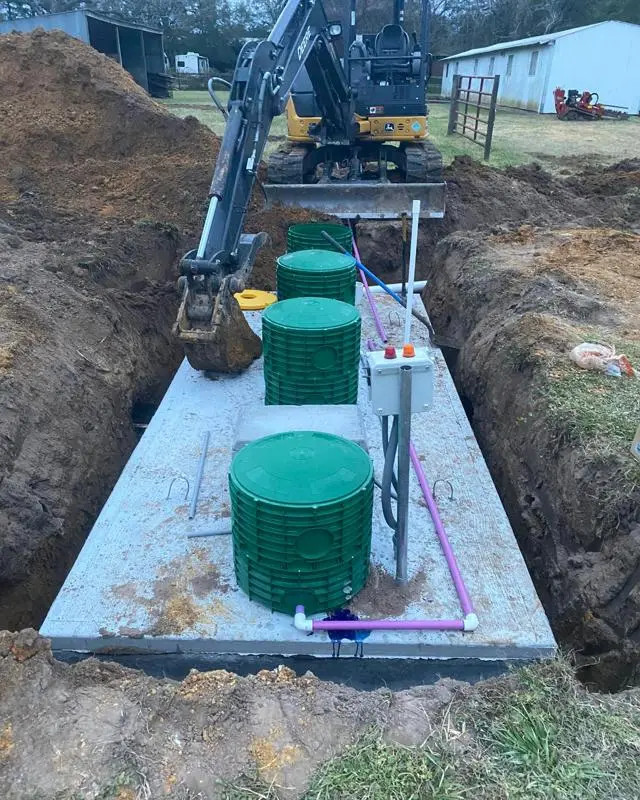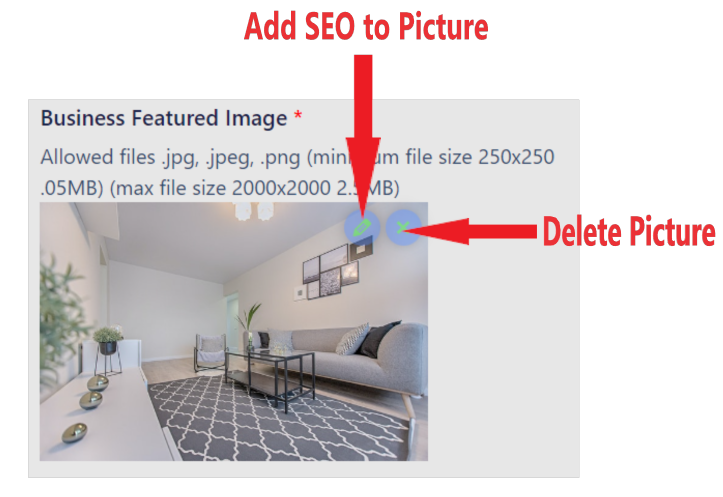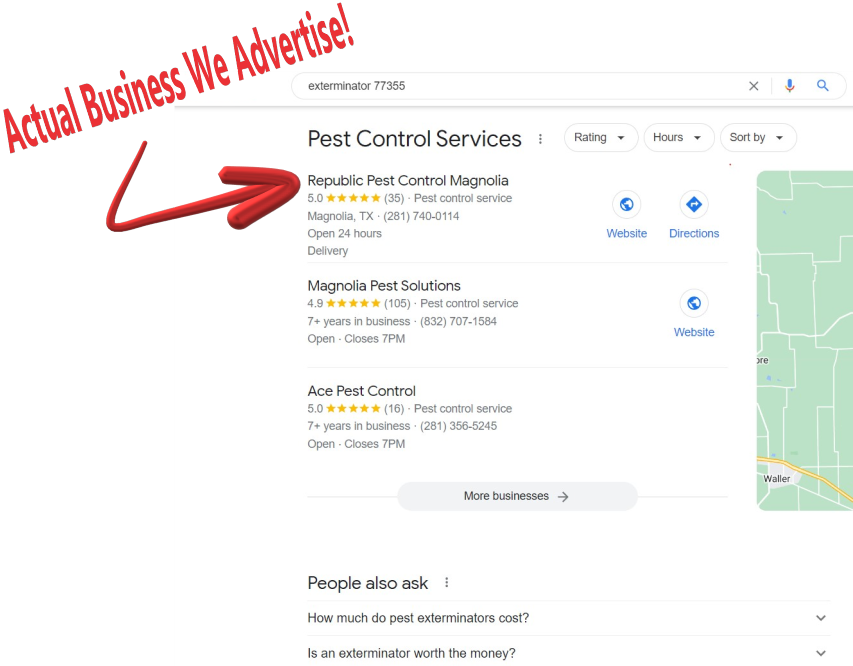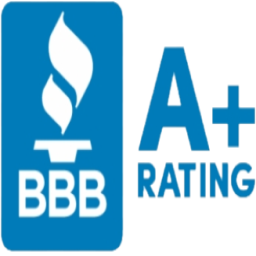Installing a new septic system is a significant undertaking, whether you’re building a new home or replacing an outdated system. Understanding the process can help you prepare for the project and ensure that your system meets your needs while complying with local regulations. Here’s an in-depth guide on what to expect when installing a septic system, from planning to final inspection.
Planning Your Septic System Installation
1. Evaluate Your Property
The first step is determining the suitability of your property for a septic system. A licensed septic professional, like Strictly Septic, will assess your site, including factors like soil type, drainage, and local regulations, to design a system that works efficiently. This evaluation often involves soil percolation tests to check the ground’s absorption rate for wastewater.
2. Choose the Right System
Not all septic systems are the same. Common types include conventional, aerobic, and alternative systems, each with unique benefits and requirements. For example:
- Conventional systems are straightforward and cost-effective but require specific soil conditions.
- Aerobic systems are more advanced and suitable for properties with high water tables or poor soil.
- Alternative systems like mound or drip irrigation systems are designed for challenging sites.
Your septic installer will recommend the best system based on your property and budget.
3. Obtain Permits
Securing the necessary permits is essential before starting any work. This process ensures that the septic system complies with local health and environmental regulations. Licensed professionals like Strictly Septic Service can handle permitting, design, and installation to streamline the process.
What Happens During Installation?
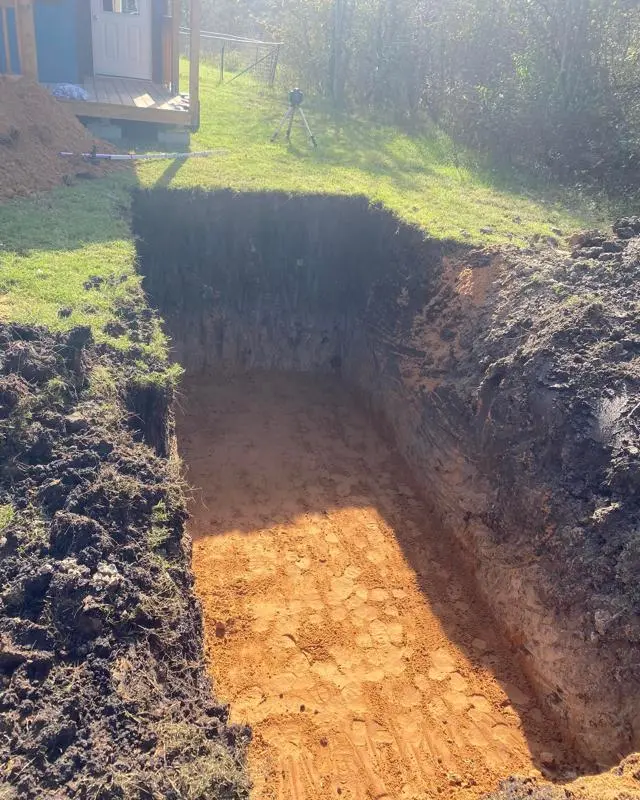
1. Excavation and Site Preparation
Once the design is approved and permits are in place, the installation begins with clearing and preparing the site. Excavators will dig trenches or pits for the septic tank and drainfield.
2. Septic Tank Installation
The septic tank, typically made of concrete, fiberglass, or polyethylene, is installed in a designated area. It collects and holds wastewater, allowing solids to settle and liquids to flow into the drainfield.
3. Drainfield Setup
The drainfield, also known as a leach field, disperses treated water into the soil. Proper spacing and layout are critical to ensure effective wastewater absorption and prevent contamination.
4. Connecting Plumbing
The system is connected to your home’s plumbing to channel wastewater from sinks, toilets, and drains into the septic tank. Testing ensures that the plumbing flows smoothly without leaks or clogs.
5. Backfilling and Restoration
Once the components are installed and tested, the excavated areas are backfilled with soil and restored. Landscaping may be necessary to blend the site with your property.
Final Steps and System Use
1. Inspection and Approval
Local authorities will inspect the completed system to verify compliance with regulations. Once approved, you can start using your new septic system.
2. Maintenance Plan
A septic system requires regular maintenance to function efficiently. Tasks like tank pumping, inspections, and minor repairs are essential to prevent issues like clogs or contamination. Enrolling in a maintenance program with a professional service provider can help ensure your system remains in top shape.
Why Choose Professional Services?
Working with experienced professionals like Strictly Septic Service ensures a smooth and compliant installation. They provide end-to-end support, including:
- Site evaluation
- Custom design and engineering
- Permit acquisition
- Installation and inspections
- Ongoing maintenance
Investing in a professional installation minimizes long-term costs and environmental impact while giving you peace of mind.
Conclusion
Installing a septic system is a multi-step process that requires careful planning, compliance with regulations, and ongoing maintenance. By working with trusted experts, you can ensure a reliable, efficient, and environmentally responsible system customized to your property.
If you’re ready to install a new septic system or need more information, contact Strictly Septic Service for expert guidance. They’ll help you navigate every step, ensuring your investment is a lasting success.

